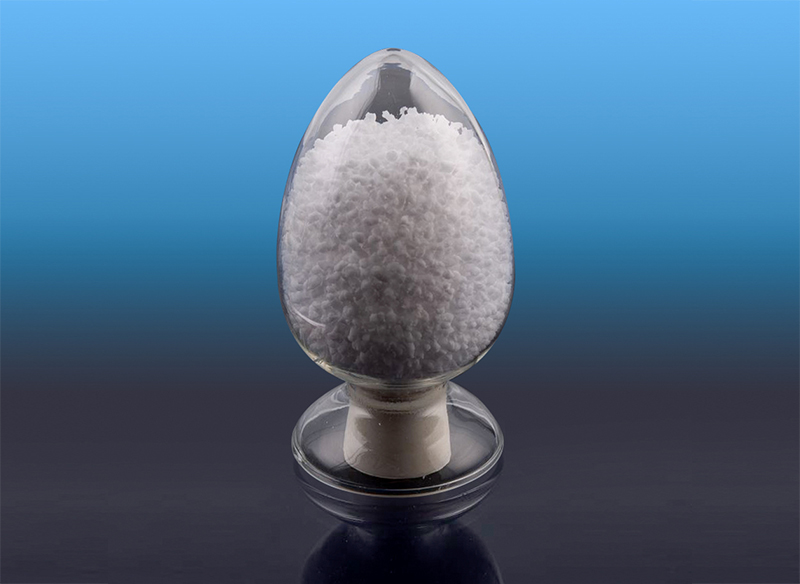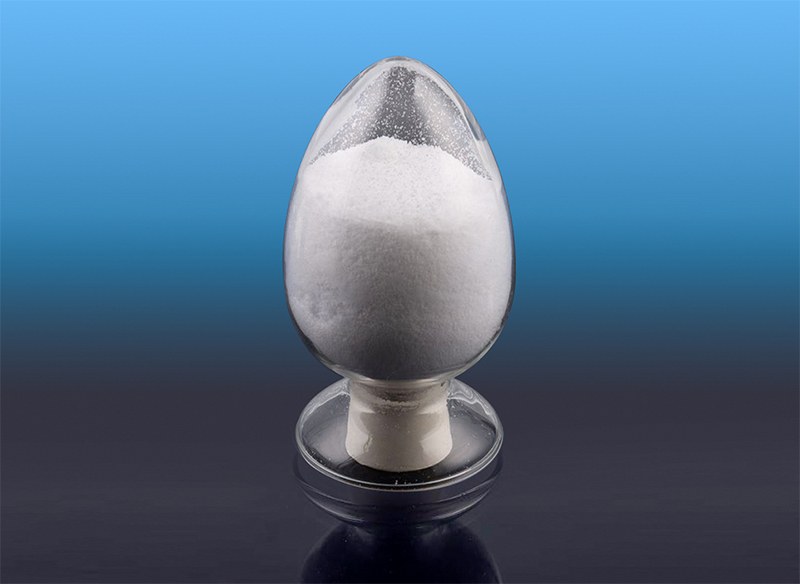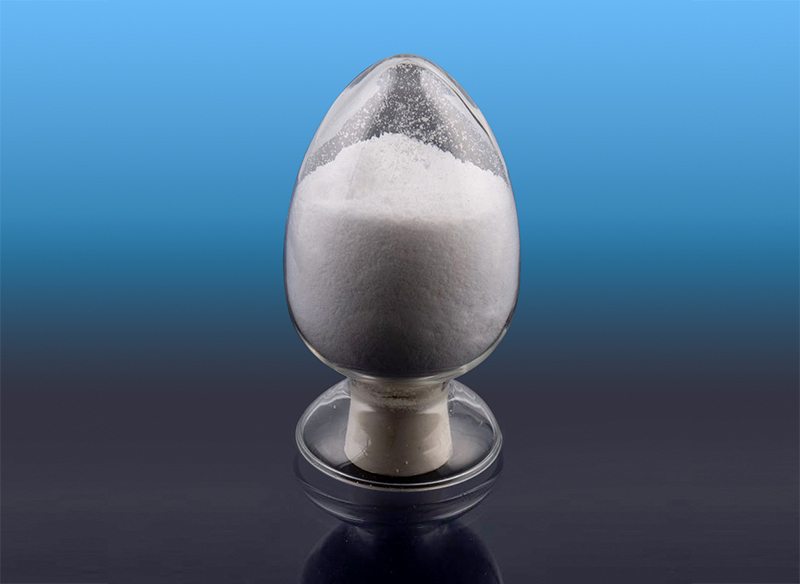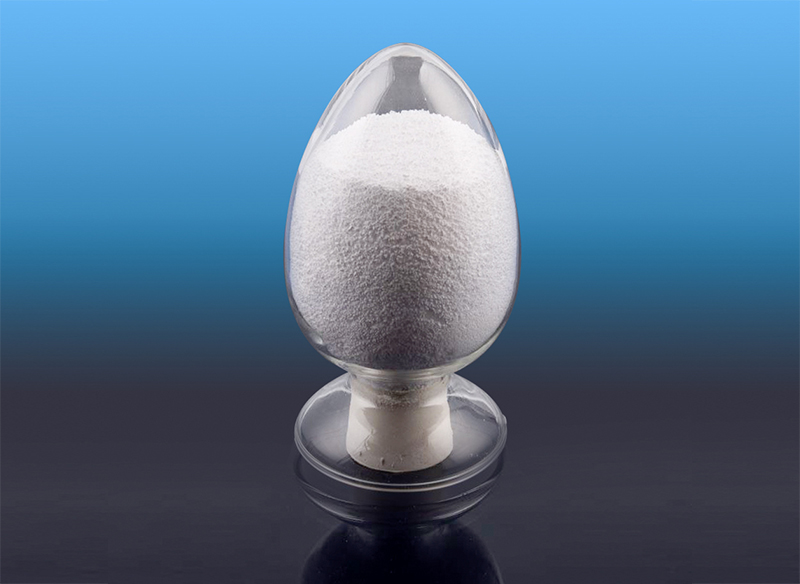Understanding Styrene-Butadiene Copolymer Resins: A Comprehensive Guide
Styrene-Butadiene Copolymer Resins, commonly known as SBC resins, play an essential role in a wide range of modern industrial and consumer applications. These thermoplastic elastomers combine the beneficial properties of both rubber and plastic, offering excellent elasticity, clarity, processability, and impact resistance. In this complete guide, we will delve into what SBC resins are, how they are made, their different types, unique characteristics, performance advantages, common uses, and what to consider when selecting or working with them.
What Are Styrene-Butadiene Copolymer Resins?
Styrene-Butadiene Copolymer Resins are block copolymers composed primarily of styrene and butadiene monomers. These resins belong to the broader class of thermoplastic elastomers (TPEs), meaning they exhibit both thermoplastic (melt-processable) and elastomeric (rubber-like) behavior.
Typically, an SBC has a structure represented as S-B-S (styrene-butadiene-styrene) or S-EB-S (styrene-ethylene-butylene-styrene). These triblock structures consist of two hard polystyrene end blocks and a soft, rubbery mid-block made from butadiene or a hydrogenated version like ethylene-butylene. This combination allows SBC resins to behave like vulcanized rubber at room temperature but be reprocessed like plastics when heated.
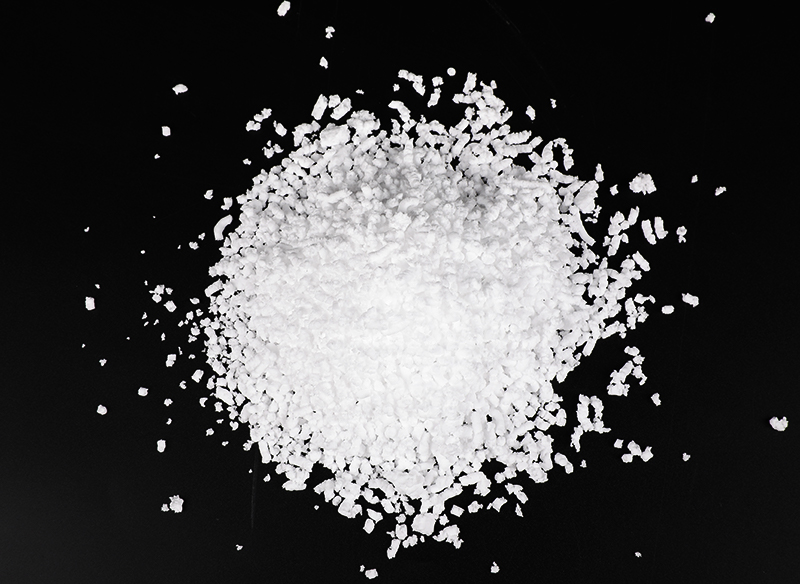
How Are SBC Resins Produced?
The production of SBC resins involves a technique called living anionic polymerization, where monomers are added sequentially in a controlled manner to form distinct blocks:
-
Initiation: A catalyst initiates the polymerization of the styrene monomer.
-
Propagation: Once the polystyrene block is formed, butadiene is introduced to form the soft, elastic mid-block.
-
Termination: A final addition of styrene forms the outer hard segment, resulting in the triblock copolymer.
Some versions undergo hydrogenation to improve their stability, particularly for applications involving heat or UV exposure.
Types of Styrene-Butadiene Copolymer Resins
There are several variants of SBC resins, each with tailored performance characteristics for specific applications:
1. SBS (Styrene-Butadiene-Styrene)
Widely used in adhesives, footwear, and construction.
Offers high elasticity and flexibility.
Excellent for hot-melt adhesive applications.
2. SEBS (Styrene-Ethylene-Butylene-Styrene)
Hydrogenated version of SBS with improved weather and thermal resistance.
Used in medical devices, personal care products, and automotive parts.
3. SIS (Styrene-Isoprene-Styrene)
Offers superior tack and adhesion.
Commonly used in pressure-sensitive adhesives and packaging tapes.
4. Other Blends and Modifications
Custom blends with polyolefins, polystyrene, or polypropylene for enhanced mechanical and processing characteristics.
Key Characteristics of SBC Resins
| Property | Description |
| Elasticity | Exhibits rubber-like flexibility and stretchability |
| Clarity | Transparent and glossy appearance in film and molded forms |
| Processability | Easy to mold, extrude, and blend with other polymers |
| Recyclability | Thermoplastic behavior allows re-melting and reuse |
| Adhesion | Excellent for making pressure-sensitive and hot-melt adhesives |
| Weather Resistance | Especially good in hydrogenated forms like SEBS |
Advantages of Using SBC Resins
Styrene-Butadiene Copolymer Resins offer a balance of performance and cost-effectiveness, making them a popular material across industries. Some notable benefits include:
Versatility: Suitable for rigid and flexible applications
Soft Touch Feel: Ideal for grips, toys, and medical products
Good Impact Strength: Enhances durability in plastic blends
Lightweight: Lower density than many other rubber materials
Excellent Adhesion: Allows bonding to diverse surfaces without the need for primers
Common Applications of SBC Resins
SBC resins are used in a wide array of sectors due to their adaptable properties:
1. Adhesives and Sealants
Hot-melt adhesives (HMAs)
Pressure-sensitive adhesives (PSAs)
Construction sealants
2. Packaging and Films
Food-safe stretch films
Blister packaging
Shrink labels and sleeves
3. Medical and Personal Care
Syringe plungers
Catheters and tubing
Toothbrush grips
Razor handles
4. Consumer Goods
Footwear components
Toys and sporting goods
Soft-touch electronics casings
5. Automotive and Industrial
Instrument panel skins
Door trim and gaskets
Wire and cable insulation
6. Compounding and Modification
Used as impact modifiers in polystyrene and polypropylene blends
Enhances tactile quality and strength of polymer compounds
Processing Methods
SBC resins are compatible with standard thermoplastic processing techniques, including:
Injection Molding
Extrusion
Blow Molding
Thermoforming
These methods allow for high-speed production and flexibility in design, supporting both large-scale industrial uses and fine-detailed consumer goods.
How to Choose the Right SBC Resin
When selecting a styrene-butadiene copolymer resin for a specific application, consider the following criteria:
| Requirement | Recommended SBC Type |
| High elasticity | SBS, SIS |
| Heat resistance | SEBS (hydrogenated) |
| UV/weather resistance | SEBS |
| High clarity | SBS |
| Excellent tackiness | SIS |
| Biocompatibility | Medical-grade SEBS |
| Chemical resistance | SEBS with proper compounding |
Environmental and Regulatory Considerations
As demand grows for environmentally conscious materials, SBC resins are increasingly being formulated to meet various regulatory and sustainability standards:
FDA compliance for food contact applications
REACH and RoHS compliance for electronics and medical use
Recyclability in thermoplastic processing
Low VOC emissions for adhesives and sealants
Some manufacturers are also exploring bio-based versions and post-consumer recycling of SBC-containing products to reduce environmental impact.
Conclusion
Styrene-Butadiene Copolymer Resins represent a unique class of materials that offer the best of both the plastic and rubber worlds. Their adaptability, performance, and cost-efficiency make them indispensable in industries ranging from packaging and medical devices to automotive parts and adhesives. By understanding the different types, characteristics, and uses of SBC resins, manufacturers and designers can make informed choices that align with performance requirements, regulatory standards, and environmental goals.
Whether you're developing a new consumer product, enhancing polymer formulations, or sourcing materials for industrial manufacturing, SBC resins offer a flexible and reliable solution for modern material challenges.

